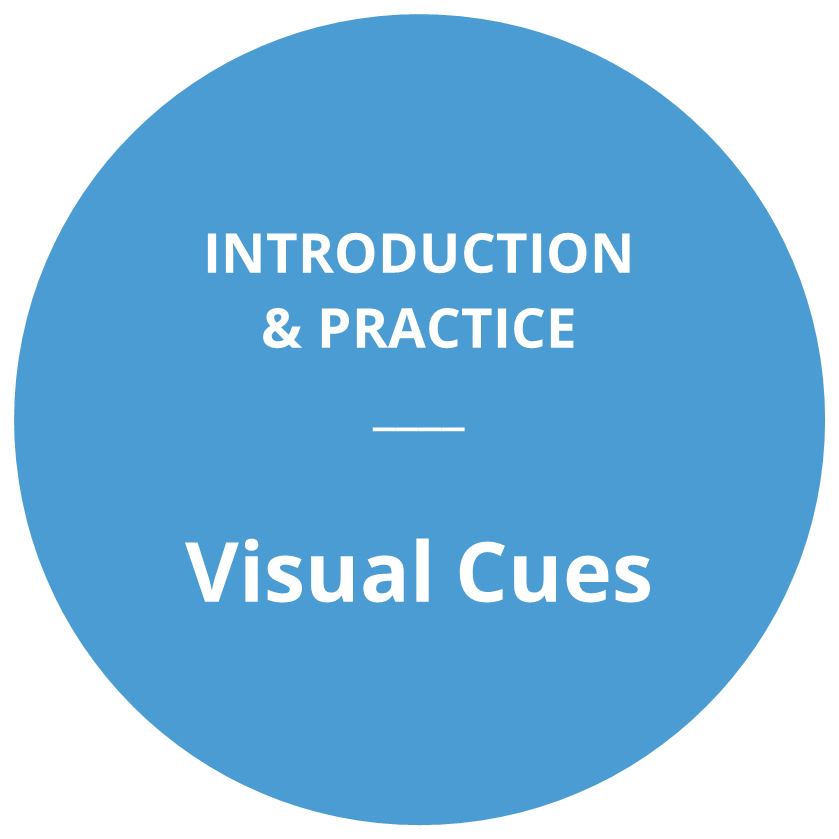
Visual Cues: Introduction & Practice
Visual cues are concrete objects used to increase the learner with ASD's ability to complete a target skill or behavior. This module targets the types of visual cues, such as visual directions or instructional cues, and provides interactive case activities for each of the planning for, using, and monitoring visual cue steps.
The module was developed specifically for paraprofessionals working with elementary school students (ages 5-12) with ASD. However, special education teachers, general education teachers, other practitioners, and family members find the video examples and activity-based scenarios helpful. The corresponding Home Companion Guide may be especially helpful for families interested in using visual cues at home.
What Will I Learn?
The AFIRM module guides the learner through:
- What are visual cues, including when and how to use specific types of visual cues
- How to support learners with ASD by using visual cues
- Activity-based scenarios that promote real-world application of visual cues.
The Visual Cues: Introduction & Practice module will take approximately 1.5 to 2 hours to complete.
Sam, A., Steinbrenner, J., Morgan, W., Chin, J., & AFIRM for Paras Team. (2019). Visual Cues. FPG Child Development Institute, University of North Carolina. https://afirm.fpg.unc.edu/visual-cues-introduction-practice
